Het arrangement DNS English Year 4 HAVO/VWO - Projects is gemaakt met Wikiwijs van Kennisnet. Wikiwijs is hét onderwijsplatform waar je leermiddelen zoekt, maakt en deelt.
- Auteur
- Laatst gewijzigd
- 2023-05-17 12:26:40
- Licentie
-
Dit lesmateriaal is gepubliceerd onder de Creative Commons Naamsvermelding 4.0 Internationale licentie. Dit houdt in dat je onder de voorwaarde van naamsvermelding vrij bent om:
- het werk te delen - te kopiëren, te verspreiden en door te geven via elk medium of bestandsformaat
- het werk te bewerken - te remixen, te veranderen en afgeleide werken te maken
- voor alle doeleinden, inclusief commerciële doeleinden.
Meer informatie over de CC Naamsvermelding 4.0 Internationale licentie.
Aanvullende informatie over dit lesmateriaal
Van dit lesmateriaal is de volgende aanvullende informatie beschikbaar:
- Eindgebruiker
- leerling/student
- Moeilijkheidsgraad
- gemiddeld
Bronnen
Gebruikte Wikiwijs Arrangementen
Sectie Engels. (z.d.).
DNS English Year 4 HAVO/VWO

 reported seeing strange lights and experiencing other strange occurrences. Some witnesses reported being abducted and taken aboard a strange craft before being released. Others reported experiencing a phenomenon known as "Missing Time". To this day, their experiences remain unexplained.
reported seeing strange lights and experiencing other strange occurrences. Some witnesses reported being abducted and taken aboard a strange craft before being released. Others reported experiencing a phenomenon known as "Missing Time". To this day, their experiences remain unexplained.



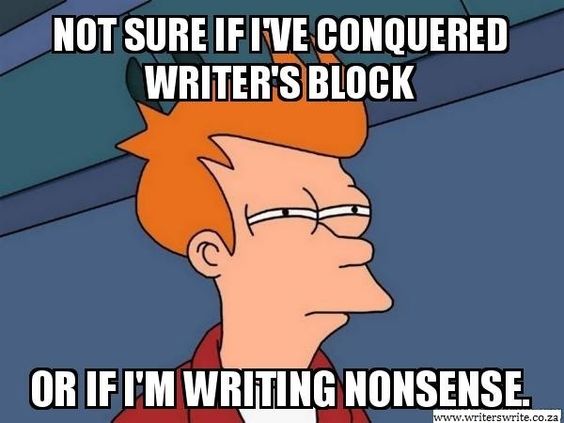
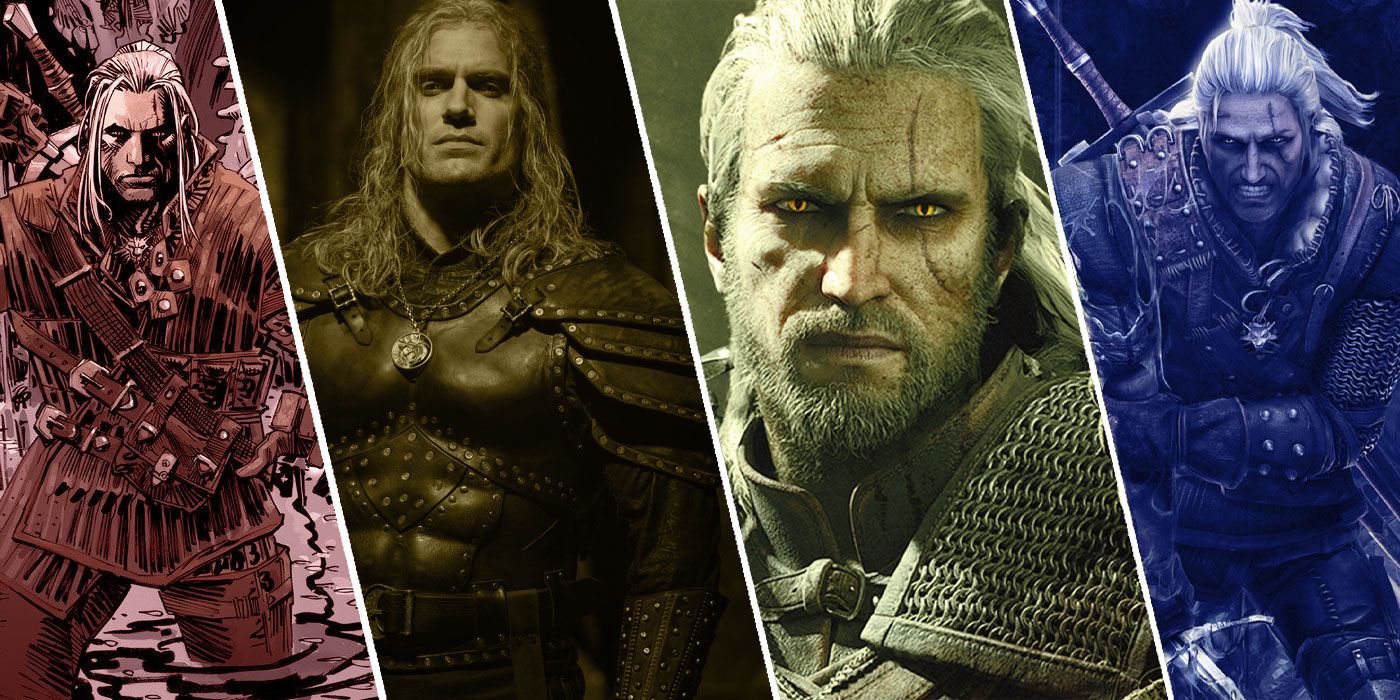




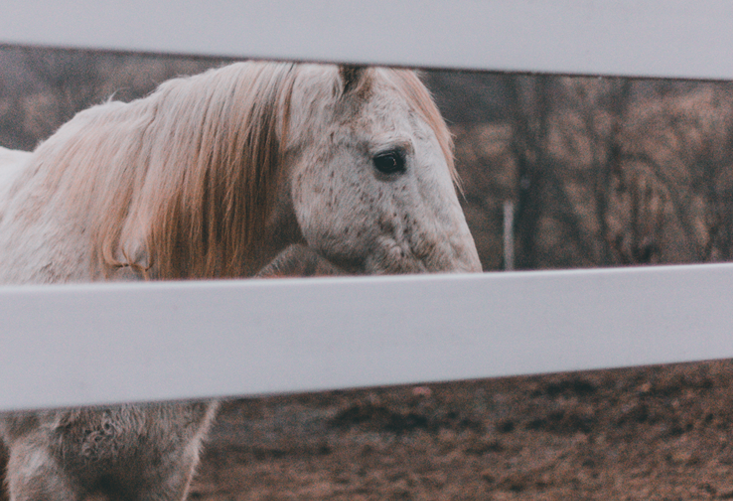
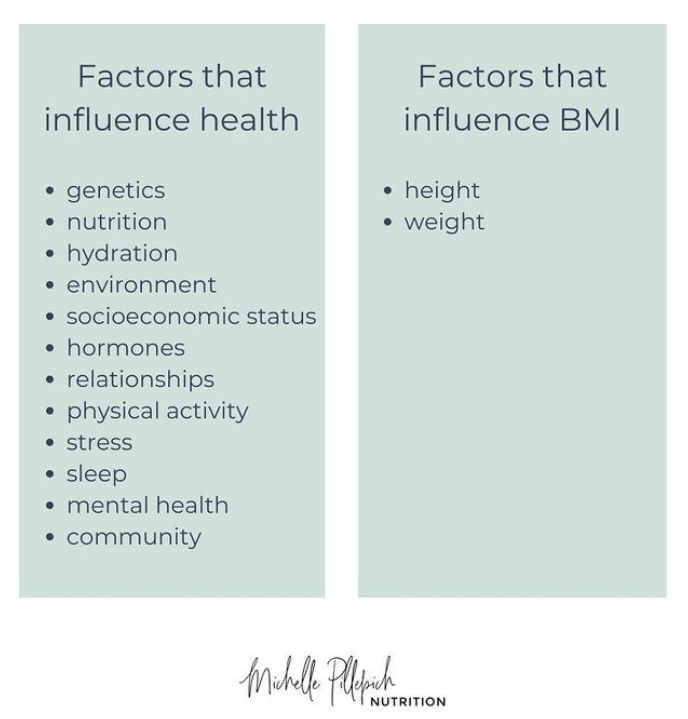
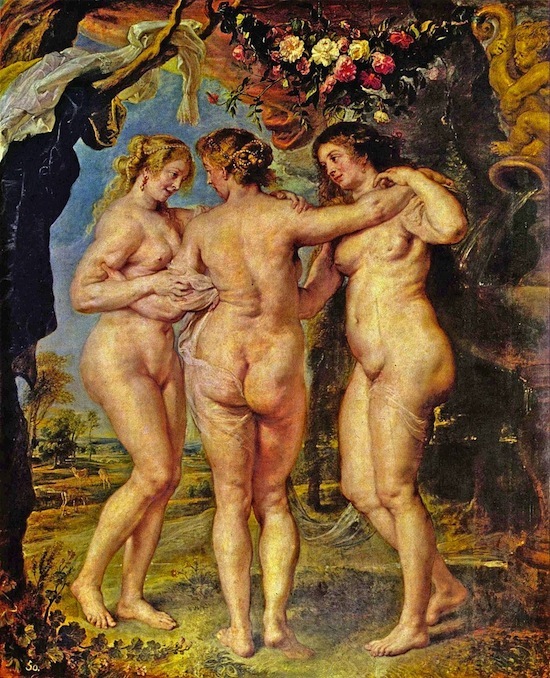
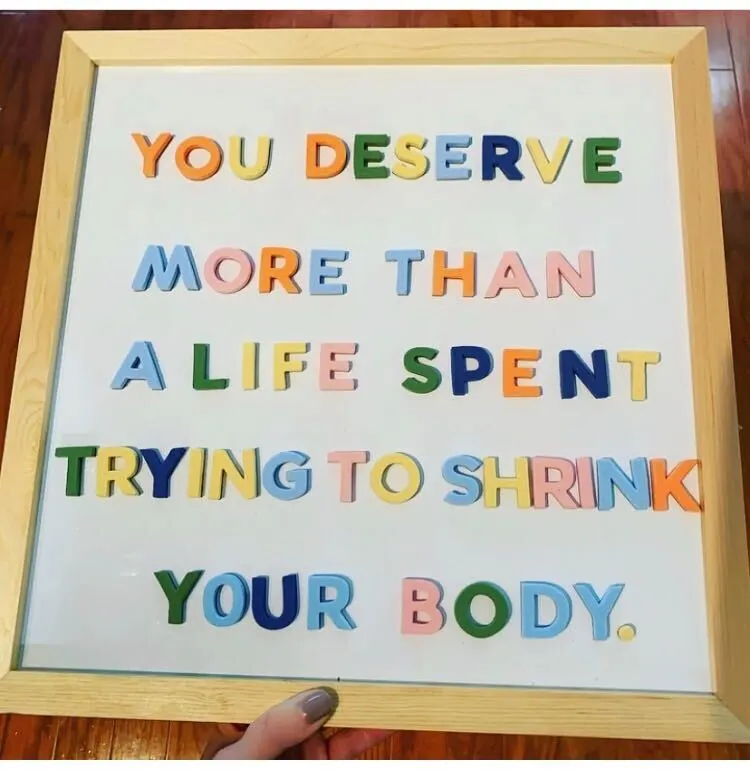
 literature is able to enrich your life.
literature is able to enrich your life.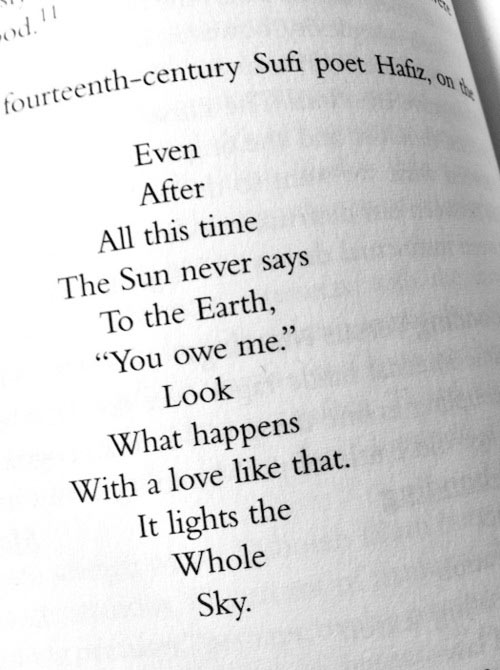
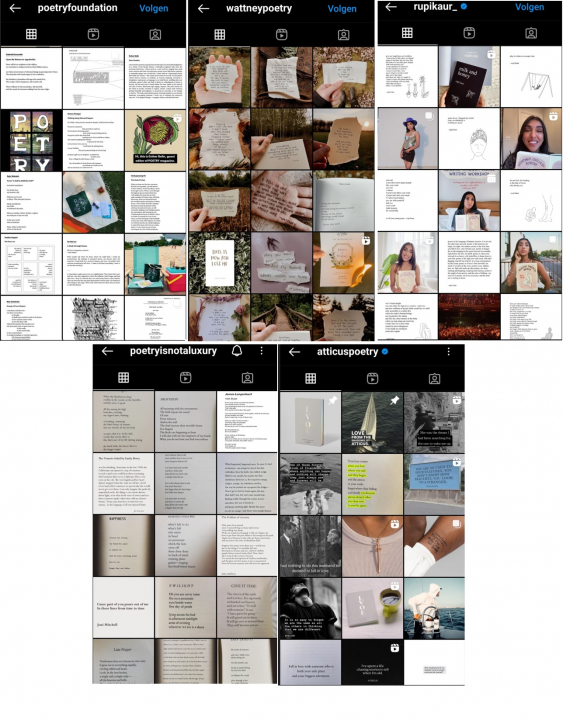
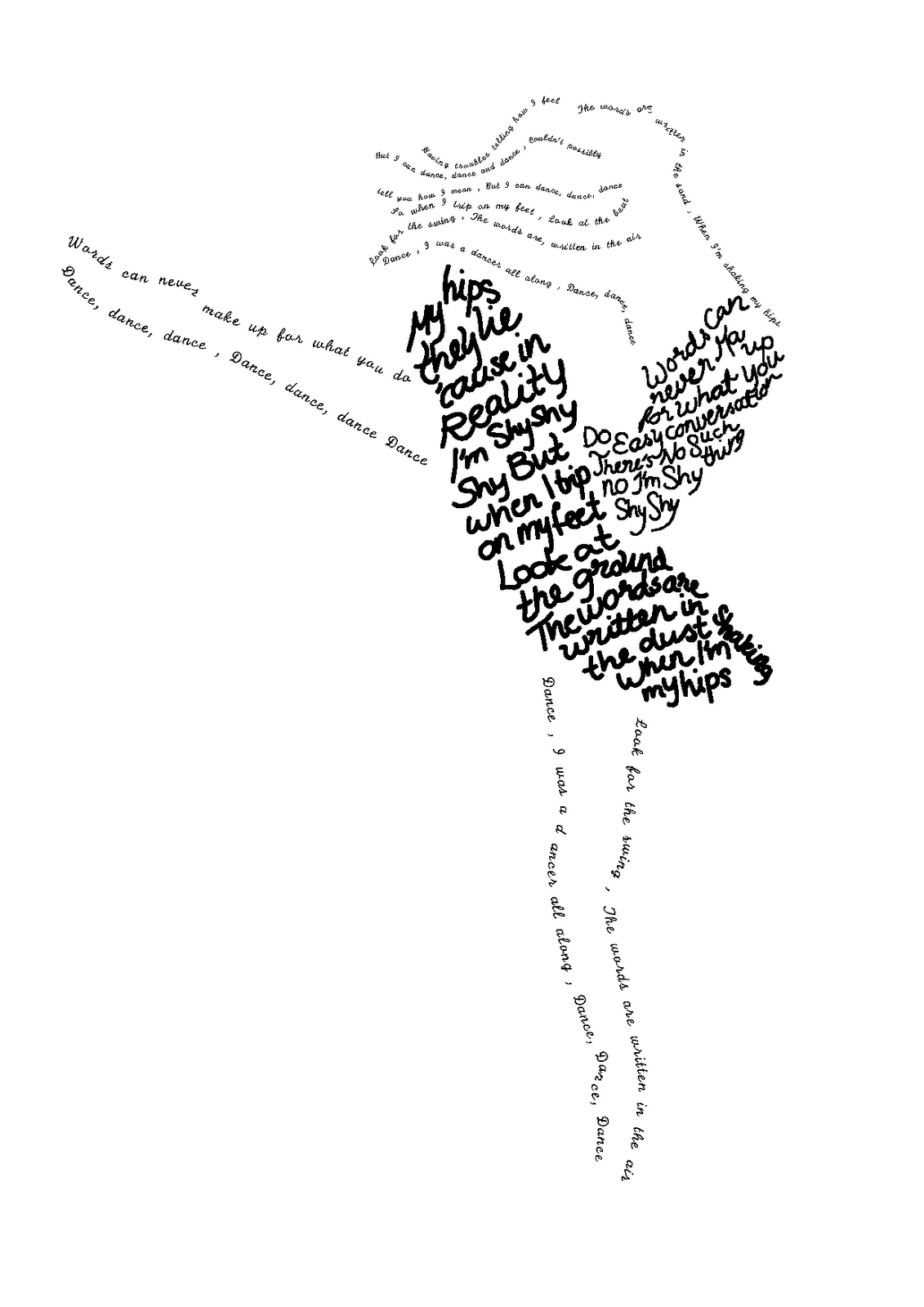 there are some similarities as well, such as the creativity needed to make such poems. For both catagories you need to think outside the box to come up with a product to inspire your audience. Click the link below to learn more about these types of poetry.
there are some similarities as well, such as the creativity needed to make such poems. For both catagories you need to think outside the box to come up with a product to inspire your audience. Click the link below to learn more about these types of poetry. 